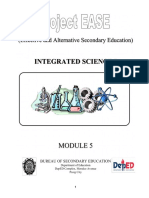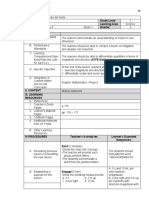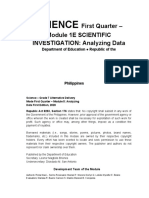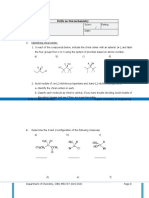0% found this document useful (0 votes)
527 views17 pagesScience 8
Science 8
Uploaded by
ellowcodyCopyright
© © All Rights Reserved
We take content rights seriously. If you suspect this is your content, claim it here.
Available Formats
Download as PDF, TXT or read online on Scribd
0% found this document useful (0 votes)
527 views17 pagesScience 8
Science 8
Uploaded by
ellowcodyCopyright
© © All Rights Reserved
We take content rights seriously. If you suspect this is your content, claim it here.
Available Formats
Download as PDF, TXT or read online on Scribd
/ 17

























































































